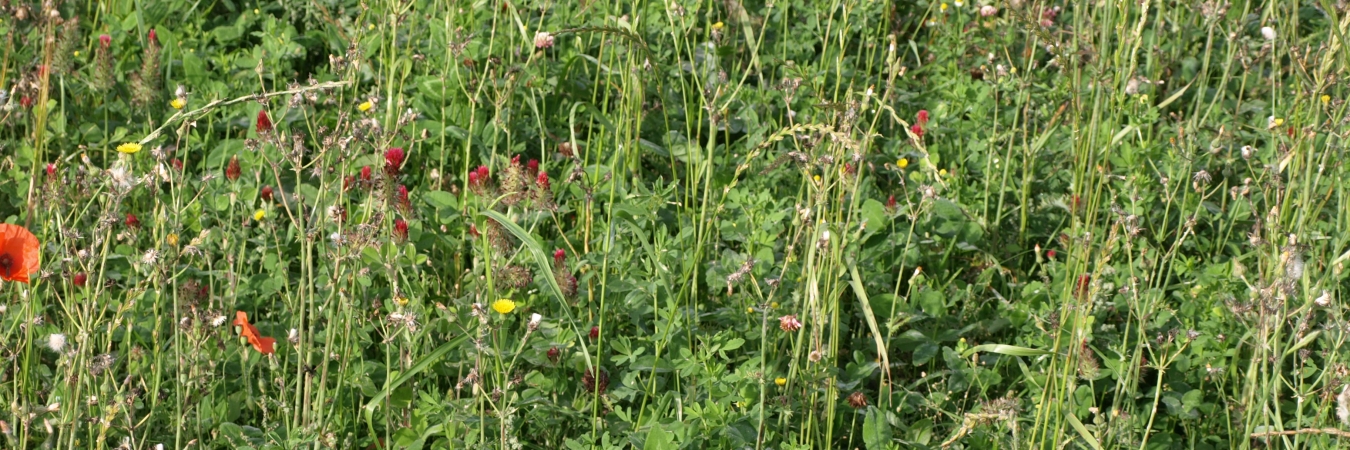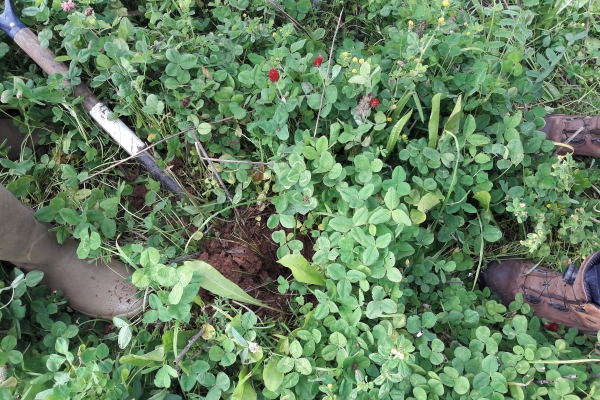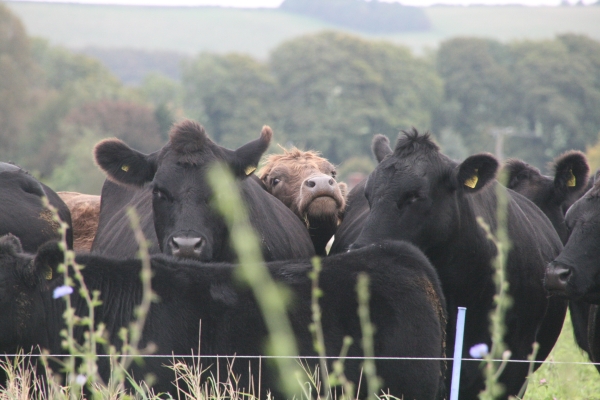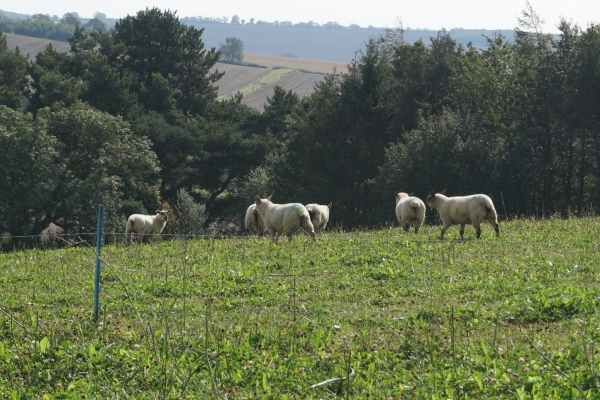Including diverse leys in arable rotations
DiverIMPACTS Practice Abstract
Resource explained
Leguminous leys are a cornerstone of organic arable systems to support soil quality and fertility, and weed, pest and disease management. Good establishment and controlling the quantity and timing of nitrogen (N) release can be especially challenging. Different legume species have different growth characteristics and nutrient use profiles. A number of on-farm and field trials conducted in the UK have evaluated the role of functionally species-rich leys in arable rotations. This abstract, created as part of the DiverIMPACTS (Diversification through Rotation, Inter-cropping, Multiple Cropping, Promoted with Actors and value-Chains towards Sustainability) project, outlines some of the many advantages to more complex mixtures of leguminous leys and some of the challenges and key practical considerations.
Findings & recommendations
- Results suggest diverse leys can provide greater resilience to variable conditions caused by extreme weather such as drought and flooding, reduce overall weed biomass, suppress both early and late weeds, enable the release of N to be spread out over time, extended the flowering period and resource availability for key insect pollinators, help provide higher forage yields and potentially higher subsequent crop yields, improve soil structure (boosting soil organic matter), and boost livestock health.
- Choose a mixture of species (including grass species) that have different decomposition rates, so that the release of N can be spread out over time and potentially allow for a higher proportion of N to be taken up by the following crop.
- Ensure that you select species with contrasting patterns of growth over the whole season to allow for optimum weed control.
- Selecting species with different flowering times will ensure continuous flowering and extend the availability of nectar for key pollinator species. Previous research has found that black medic, lucerne, clover and birdsfoot trefoil (alongside other legumes according to farm requirements) are the most successful multifunctional mixtures.
- Herbal ley seed mixtures are more costly than ryegrass/clover leys but this initial cost is balanced out by reductions in N fertiliser and protein expenditure and improved health in livestock and soil. The cost is also compensated for by the decrease of establishment failure risks, yield increase, and by the fact that leys can be self-sufficient once established (requiring no additional N) and produce high protein forage for stock.
The overall goal of the DiverIMPACTS project is to achieve the full potential of diversification of cropping systems for improved productivity, delivery of ecosystem services and resource-efficient and sustainable value chains. View the project website and other practice abstracts here.








